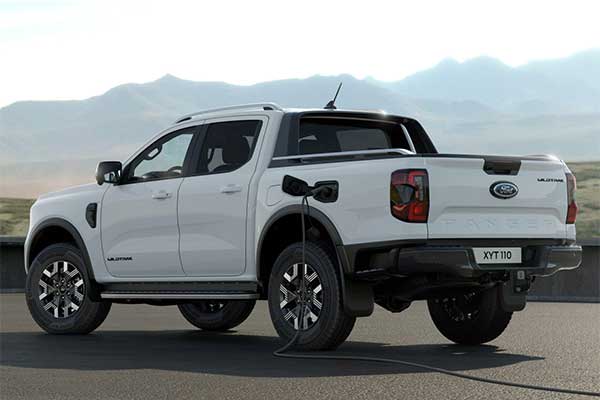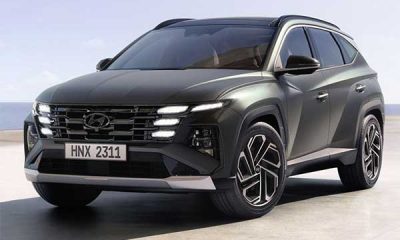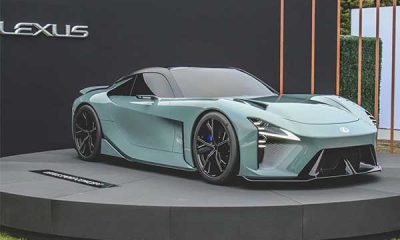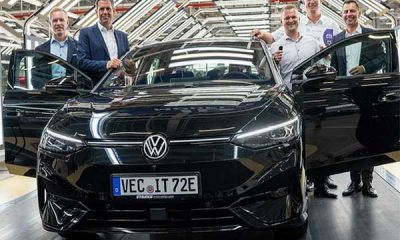Dealers of new cars in certain EU countries motivate citizens to intensify the purchase of plug-in hybrids this year because PHEV models will be significantly more expensive in 2025. The regulation on CO2 emission tests is being tightened, which means that this type of hybrid will no longer meet the conditions for state incentives when purchased.
According to sales results in Europe, it is evident that electric cars are less and less interesting to customers. Many people turn to hybrids, but not all types of “mixes” are a desirable solution.
Zero emissions were a burning problem that car manufacturers grabbed “like a drunkard” in order to reduce the average CO2 emissions of the entire range of vehicles and to avoid fines. However, since the sale of battery vehicles is not going according to plan, there is nothing to reduce the CO2 value, and this means that the manufacturers will have to pay multi-million dollar fines.
The offered solution in the form of a plug-in hybrid has been declining among customers in recent years, and this was also confirmed by their drop in sales this year of almost 20 percent, which of course does not leave manufacturers indifferent. However, in certain EU markets, while there are still subsidies for this type of vehicle, new car sellers motivate citizens to make purchases this year while they are more favourable.
Last year, in the spring, the European Union analyzed data on fuel and electricity consumption of PHEVs after obliging manufacturers to install a measuring device in such models.
The goal of the EU was to reveal deviations that were known to exist, but solid data were needed to confirm suspicions and, in the end, adequate reactions from legislators. The detailed analysis carried out led Europe to offer greater transparency regarding these measurements, establishing a new regulation that will come into force on the first day of 2025. The new regulations come as a result of the misuse of lower CO2 emissions, as manufacturers often communicated values below 50 grams per kilometre driven.
Examinations and tests during the homologation phase give results about fuel consumption and emissions that are partly true and partly not. The measurement is taken with a fully charged battery, but the vast majority of lazy owners don’t charge it regularly, so the internal combustion engine actually powers these cars. The false image has favoured PHEV models for years.
What does the EU want to avoid with the new Euro 6E emissions standard? In the case of a PHEV vehicle, this will make two tests of equal distance, one with the battery charged and the other with the battery discharged, so that the analysis of the two tests will offer a result with and without emissions. It can already be assumed that emissions will be higher and that PHEV models will face “punishment.”.
Manufacturers will have to find ways to match emissions, either by adapting engines by reducing power with reduction devices or by increasing the electric range by two to three times what they currently offer. Everything together raises dust because, realistically, it will not be feasible. Therefore, it is certain that PHEV cars will become more expensive, and the higher prices will, of course, be paid by end customers.


 News1 week ago
News1 week ago
 News1 week ago
News1 week ago
 News1 week ago
News1 week ago
 News1 week ago
News1 week ago
 News4 days ago
News4 days ago
 Latest Cars1 week ago
Latest Cars1 week ago
 News1 week ago
News1 week ago
 News1 week ago
News1 week ago















